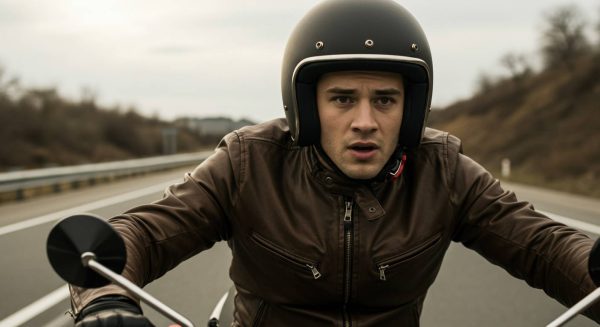If you’re wondering how to ride a moped or motorcycle in the UK, navigating the regulations and requirements can seem daunting at first. Here’s a comprehensive guide that breaks down everything you need to know, from age restrictions to training requirements.
How Old Do You Need to Be?
You can start riding a moped at age 16. However, age requirements vary depending on the type of vehicle:
- At 16, you can ride a low-powered moped (up to 50cc, maximum speed 28 mph)
- From 17, you can progress to larger motorcycles through the graduated licensing system
- Full unrestricted motorcycle access is available from age 21 under new proposed regulations
Can I Ride a Moped on a Car Licence?
If you obtained your full car licence before 1st February 2001, you can ride a moped (up to 50 cc) without taking additional tests. If you completed it after 1 February 2001, you must complete a Compulsory Basic Training (CBT) course first.
Learning to Ride a Motorcycle: First Steps
The journey to becoming a qualified motorcycle rider typically begins with compulsory basic training (CBT). While around 180,000 people complete their CBT annually, only about 45,000 progress to a full licence. The CBT involves both theoretical and practical elements, ensuring you understand basic safety principles and can handle the vehicle competently.
Essential Training and Qualifications
Whether you’re planning to ride a moped or motorcycle, the DVSA outlines specific competencies you must master:
Machine Preparation
Before every journey, riders must know how to check their vehicle’s roadworthiness, including tire condition, lights, and fluid levels. This fundamental skill is essential for both moped and motorcycle riders.
Road Safety and Awareness
The standards emphasise the importance of defensive riding techniques. This includes maintaining appropriate spacing, using correct road positioning, and anticipating potential hazards—skills that are particularly crucial for new riders.

Practical Skills Development
Training encompasses both basic and advanced riding techniques. For moped riders, this includes managing slower speeds in urban environments, while motorcycle training additionally covers higher-speed riding and more complex manoeuvres.
Environmental and Economic Considerations
Modern riding standards increasingly focus on eco-friendly riding techniques. This includes:
- Smooth acceleration and braking to reduce fuel consumption
- Proper maintenance to ensure optimal vehicle efficiency
- Understanding how weather conditions affect riding decisions
Continuing Development
The DVSA emphasises that learning shouldn’t stop after passing your test. Whether you ride a moped or motorcycle, continuous improvement is encouraged through:
- Regular skills updates
- Advanced riding courses
- Staying current with changing regulations
Getting Started: Practical Steps
- Determine which licence you need based on your age and vehicle preference
- Book and complete your CBT (required for both moped and motorcycle riding)
- Study for and pass your theory test
- Take practical training with a qualified instructor
- Complete your practical test(s)
The evolving standards reflect a balance between accessibility and safety. For those wondering how to start riding a moped or motorcycle, the key is to progress through the stages systematically, building confidence and competence along the way. Remember that while initial training is mandatory, developing your skills is a continuous journey that extends throughout your riding career.
